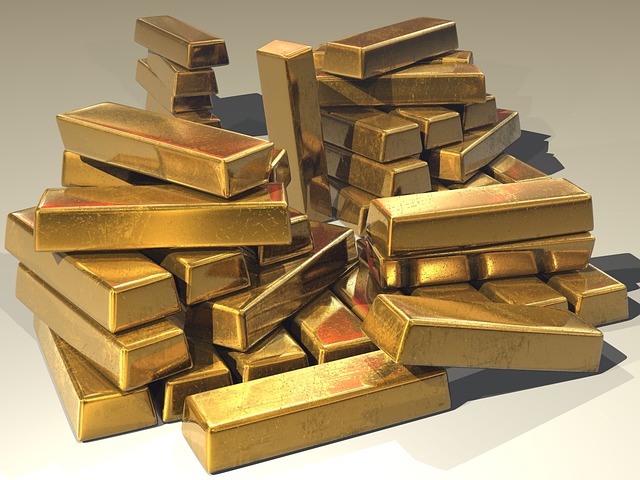
In times of economic uncertainty, gold often takes center stage—but not always for the reasons investors think. While inflation and interest rates dominate the headlines, gold’s real momentum is being driven behind closed doors: by geopolitical power plays, central bank accumulation, and strategic business deals that rarely make the front page.
Geopolitical Hotspots Driving Gold Demand
- Middle East tensions, especially around Iran and oil logistics, keep risk premiums high.
- China and Russia’s BRICS push and moves to trade in local currencies reduce global reliance on the U.S. dollar—strengthening gold’s appeal.
Central Banks Are Quietly Hoarding Gold
According to the World Gold Council, 2024 saw one of the highest levels of central bank gold buying in decades. Nations like China, India, and Turkey are using gold to diversify away from USD-denominated assets and reduce exposure to currency shocks.
Business Deals Behind the Price
Mining industry consolidations (such as the Barrick–Newmont merger talks) tighten future supply. Meanwhile, institutional demand through ETFs and leveraged paper gold has created price friction that’s due to correct as physical demand asserts itself.
What to Watch Next
To stay ahead of the curve, monitor:
- Central bank gold buying activity
- Oil prices and regional conflict risks
- Emerging BRICS announcements
Gold remains more than just a commodity—it’s a barometer for global trust in the financial system.
